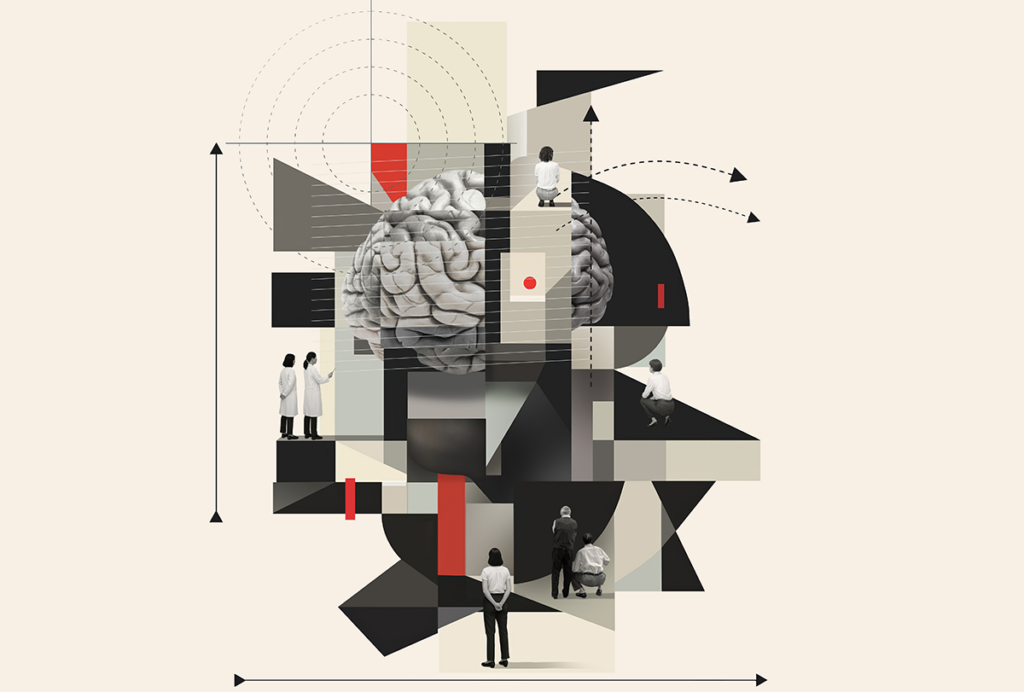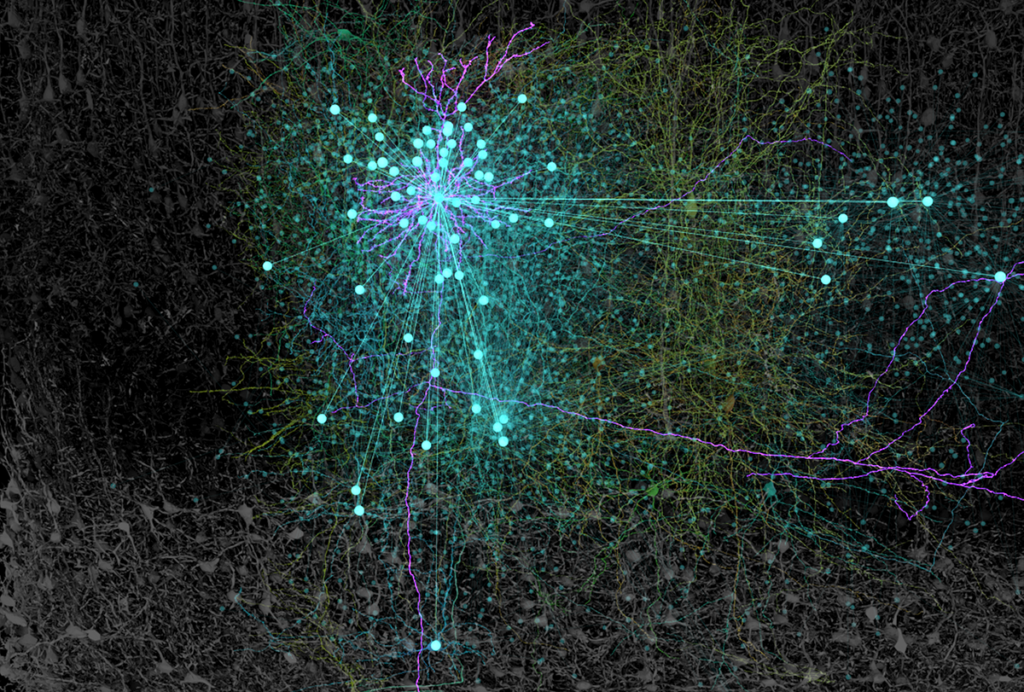From focused ultrasound to nonhuman primate optogenetics, the tools for controlling neural activity are growing rapidly. It is common for neuroscientists, when given the means to perturb components of the nervous system, to make claims about which of these components are either necessary or sufficient for different functions. To prove necessity, neuroscientists inactivate the component and show that the function fails to manifest. To prove sufficiency, they add the component back in or over-activate it and show that the function is restored, or even amplified.
A quick search of the journal Neuron shows examples of these claims: A specific vasopressin receptor in the lateral septum is necessary and sufficient for social recognition; a brainstem structure is necessary and sufficient for producing the structure of mouse cries; parvalbumin-positive neurons in the thalamus are necessary and sufficient for mice to memorize conspecifics.
Necessary and sufficient conditions are formally defined in philosophy by the statement “If P, then Q.” Q is necessary for P because there are no conditions under which P occurs without Q. Furthermore, P is sufficient for Q because we only need P to be true to know that Q is. Put another way, being unmarried is a necessary but not sufficient condition for being a bachelor (you also need to be an adult man). Knowing someone is a bachelor, however, is sufficient to know they are unmarried; we don’t need to know a single other thing about them to make that conclusion.
These conditions are helpful for providing clear definitions. But are neuroscientists using “necessary” and “sufficient” in such a crisply logical way? When we say something like, “This brainstem structure is necessary for the production of mouse cries,” do we mean that there are no instances in which mouse cries can happen without this structure? Perhaps (though not always). But when we say this structure is sufficient for the cries, do we mean that this structure being activated is absolutely the only thing needed for cries to be produced? Here the answer is obviously no. Cries can’t be produced without functioning vocal cords—or lungs, for that matter.
Perhaps these are trivial objections. Of course you need a functioning body to exhibit behavior, but a researcher shouldn’t have to waste words saying so in their paper. But what if we go a little deeper into the brain? Some of the earliest studies on necessary and sufficient neural populations were performed on invertebrate circuits that really were only a synapse or two away from the actual behavior, which itself was very simple. Does this logic still serve us as we tackle more sophisticated outputs?
The truth is that a large set of circumstances need to come together to observe any complex function or behavior. These circumstances are thus jointly sufficient for the behavior, but none of them are individually so. In modern neuroscience, we almost never know the full set of jointly sufficient conditions for behavior.
T
his blindspot exists, in part, because sufficiency claims are usually made in the context of a single experiment and without the ability to measure the downstream processes that the “sufficient” population of neurons acts on. Such partial observability can lead to false conclusions.For example, neuroscientists have known for decades that neuromodulators can drastically change the way a neural circuit functions. When we observe, in a specific experiment, that area X can be activated to cause behavior Y, we do not know the exact neuromodulatory states of the downstream circuits that lie between area X and the execution of the behavior, nor do we know how the outcome of the activation would change if those neuromodulatory states were altered. In this case, a component could be labeled sufficient without appreciation of the full constellation of precise neural configurations required for the effect to take place.
When sufficiency claims are based on incomplete information, it is easy for another researcher to come to a different conclusion about a neural population’s sufficiency just by using a slightly different experimental approach. For example, perhaps a different setup for the social interaction in a study of the lateral septum creates a different neural state in the medial preoptic area, a region to which the lateral septum projects. This could change how activating or inactivating the lateral septum influences behavior and therefore conclusions about its necessity and sufficiency.
This is a problem if we view “necessary and sufficient” claims as a goal of neuroscience: Slightly different experiments shouldn’t lead to different conclusions. As the comparison to the philosophical definition makes clear, however, claims of necessity and sufficiency are not actually well suited for the study of complex systems. In part, this is because these terms enforce a “thing” rather than “process” approach. By treating behaviors as nouns that can be defined by necessary and sufficient conditions, this approach downplays the fact that behavior is the emergent result of complex interactions between many neural components. Under a “thing” approach, it makes sense to try to attach necessary and sufficient claims to behaviors. But under a “process” approach, the focus would shift to building a model that recapitulates the dynamical neural system that gives rise to a behavior, along with all the ways it can be altered. Importantly, both approaches benefit from perturbation and lesion experiments; the difference is in what conclusions and further work those experiments lead to.
Concerns about the necessary and sufficient approach in neuroscience are not new. In the same venue wherein the concept was formally laid out, the idea came with a series of published caveats and critiques. More recently, Motojiro Yoshihara and Motoyuki Yoshihara claimed these terms should be replaced by “indispensable and inducing” in order to more accurately capture what perturbation experiments can show. Despite these concerns, however, the terms continue to appear in the literature. But as we grow in our ability to perturb and activate neural populations, and as our ability to model complex systems increases, it is important that these lines of work come together in a productive way. We shouldn’t waste time fighting over false dichotomies of whether a brain region is “sufficient” or not. Sufficiency is always a conditional claim; let’s make sure we spend our time understanding those conditions.






